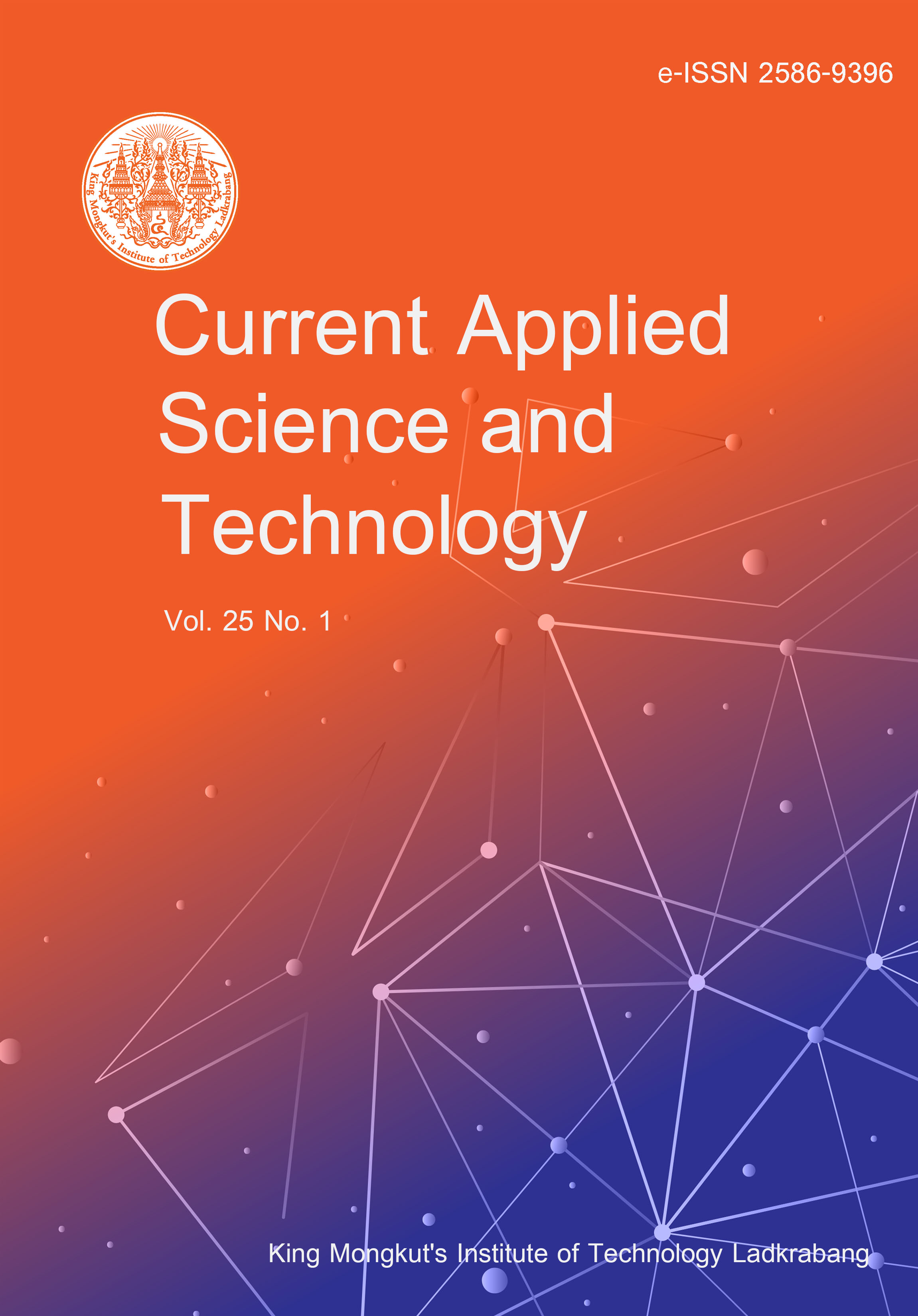The commercial particleboards used nowadays are manufactured with synthetic adhesives containing formaldehyde which is considered harmful to health and has a negative impact on the environment. A binderless particleboard fabricated from agricultural waste materials can solve these issues. This research explored the feasibility of using rice straw and banana pseudostem to produce binderless particleboard. The optimal preparation conditions for production were carried out using the ratios of rice straw to banana pseudostem at 100:0, 75:25, 50:50, 25:75 and 0:100, the pressing temperatures of 140°C, 160°C, and 180°C, and the compression times of 10 and 30 min. The physical and mechanical properties of the particleboard including density, moisture content, thickness swelling, modulus of rupture and modulus of elasticity were investigated. Morphological analysis was studied by scanning electron microscopy. It was found that it was possible to produce binderless particleboard from rice straw and banana pseudostem using a hot press method. The results showed that a higher content of banana pseudostem led to good mechanical properties and adhesion with lower thickness swelling. Cross-section of the binderless particleboards revealed that banana pseudostem acted as a binder. Fourier transform infrared spectroscopy (FTIR) also confirmed the occurrence of self-bonding in these binderless particleboards. The optimum preparation conditions were achieved with the ratio of rice straw to banana pseudostem of 0:100, and a pressing temperature of 180°C for 30 min. The modulus of rupture (MOR) and modulus of elasticity (MOE) were approximately 12 MPa and 1800 MPa, respectively. This binderless particleboard is a potential candidate for use in green buildings.
Saropas, N. undefined. ., Huijisut, P. undefined. ., Noratad, S. undefined. ., Supansomboon, S. ., Wanakamol, P. ., & Supansomboon, S. . (2024). Mechanical and Physical Properties of Binderless Particleboard from Rice Straw and Banana Pseudostem. CURRENT APPLIED SCIENCE AND TECHNOLOGY, e0262175. https://doi.org/10.55003/cast.2024.262175

